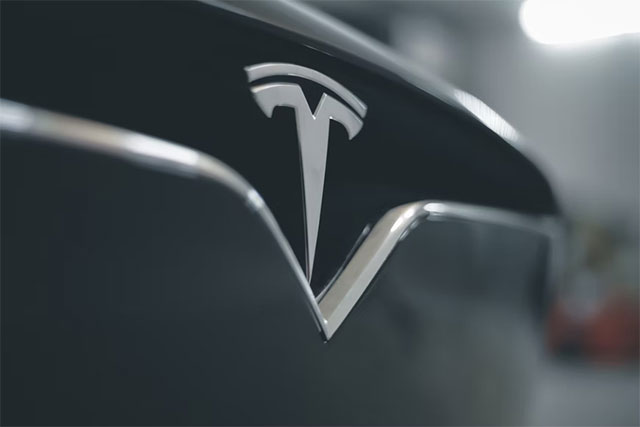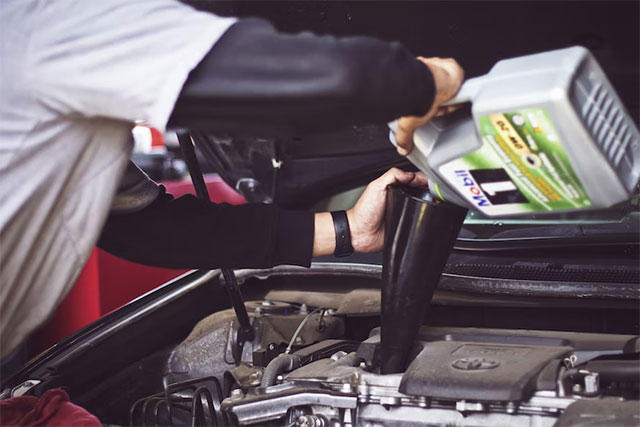Bailouts in the auto industry are a hotly debated topic. Should taxpayers foot the bill for an automaker in trouble, or should those companies be allowed to fail? What effect does bailing out companies have on the economy?
This article will examine what constitutes a auto bailout and whether automakers must call for this remedy. We’ll also look at how much money went into saving these two automakers from bankruptcy and what exactly happened as a result of their rescue efforts.
Table of Contents
What is a Auto Bailout?
A bailout is an economic term when a company or individual cannot pay back a debt, and the government pays it instead. Here, the federal government steps in to help struggling businesses because they worry about the economy’s effects if those businesses go bankrupt.

The most famous example was when the government bailed out its banks after the economic crash of 2008. However, there have been many other instances throughout history that could explain this remedy in detail. This includes the incident in 1791 that saved Alexander Hamilton’s Bank of New York from collapse. It helped jumpstart the economy by keeping money flowing through the banks.
Online resources help you understand the value of bailouts, insurance, investing, and other money-saving models. Check these resources out to make financially-sound decisions in life and business.
When Do You Need One?
Bailouts can save struggling businesses from going under, but they don’t always work out as planned. Not all investments yielded a profit for the government.
For example, the United States gave General Motors (GM) $50 billion as part of its Troubled Asset Relief Program (TARP) in 2009. The US Treasury’s final tally showed that the taxpayers lost $9.26 billion on the government’s effort to rescue the automotive industry.
However, the government claimed they recovered $70.42 billion from the $79.68 billion financial aid extended to Chrysler Financial, Ally Financial, Chrysler, General Motors, and other automotive suppliers. Though they didn’t get everything back, the collective result is far better than expected. This government support helped the industry cope with the Great Recession.
Unfortunately, this is not true for banks given financial aid. To recap, bank rescue was the most significant part of TARP, with the government investing $236 billion in more than 700 banks. While most of these investments yielded profits, there were still over 100 that ended in losses. The biggest is the $12 million investment to OneUnited Bank, which remains unpaid today.
Opposing Views on Auto Bailout Appropriateness
A bailout initially aimed to allow automakers to keep their factories open and keep jobs. However, some critics argue that this decision will never be good for the economy and may even worsen things.
Some argue that these bailouts created an environment where companies were allowed to fail without consequences—a practice called moral hazard. It encourages other companies to take more risks because they know they won’t suffer if things go sideways.
In addition, there is evidence that the government’s loans did not have much effect on helping automakers return to profitability quickly.
On the other hand, supporters say that auto bailouts were necessary to stabilize an essential part of our economy during a crisis. Without these bailouts, the manufacturing sector would have sustained lasting damage, and many Americans would have lost their jobs.
Takeaways from the Past Auto Bailouts
For years, the bailouts in the auto industry have been a political flashpoint. Both sides agree on what happened, but not why it happened or whether it was good or bad. Based on the facts, here are some takeaways from the past auto bailouts.
It Saved Jobs
The bailouts successfully saved jobs. The auto industry has been a sweeping force in the global economy for decades and is still today. Take Tesla, which is making headlines as an electric car company that’s profitable and growing fast.
It Saved the Economy
The bailouts were a significant part of the stimulus package, helping prevent the economy from falling into another Great Depression. It worked because the government gave money to companies that needed it but restricted how they could use the bailout funds.
It Saved People from Premature Retirement
The bailouts saved the retirements of thousands of people who worked for auto companies and supplier companies. They allowed employers to save countless retirees’ pension plans so they could give the benefits they promised workers. Retirees could keep their homes, avoid drastic income reductions, and avert the necessity of liquidating assets.
However, the government could have done better. It should have done more to ensure beneficiaries of these bailouts paid the money back in time and in full. By intensifying their collection efforts, the government would have more funds to help other companies in crisis. Considering the benefits, you could say the downsides were justifiable.
Positive Outlook on Auto Bailouts
The auto bailouts were a mixed bag. They were expensive, but they also saved jobs and kept the economy on an even keel during hard times. In addition, they helped position automakers for success in a way that would not have been possible otherwise. Overall, it’s clear that these bailouts paid off for taxpayers—and in many ways, for society.













